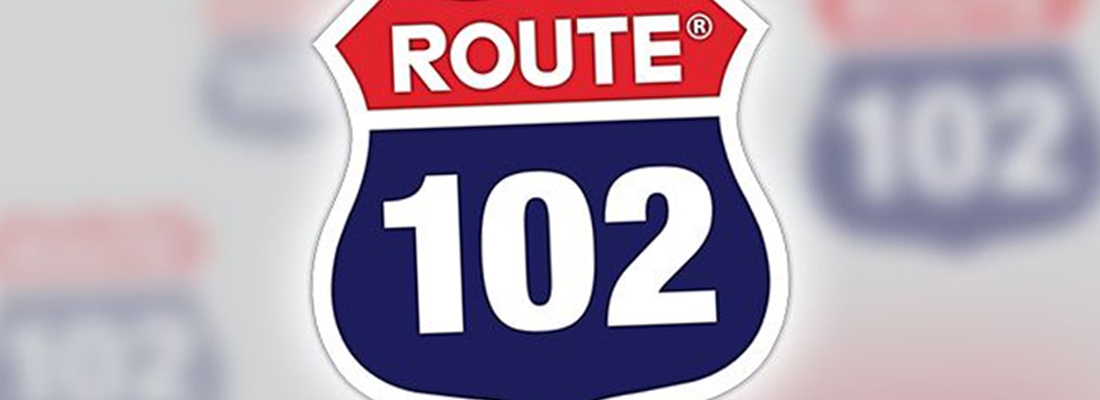Route 102 – One man’s year-long journey……Day 76

To mark this momentous year for UK GAAP, I'm embarking on a mission to work my way through FRS 102, reading a portion on each working day of 2015 and writing a short blog entry on my thoughts and musings (be they few or many).
Day 76 (7 July)
No post yesterday, as I spent all day with a (terrific) firm in Leeds going through FRS 102 issues in some detail, but we're back in section 17 today.
One of the things that came up in our discussion (and in a couple of recent technical queries) is the absence of EUV from the revaluation approach in section 17. In case you're confused, EUV stands for Existing Use Value, and this is the standard basis for valuing non-specialised property under FRS 15. The RICS Red Book discusses the different valuation bases that can be used for property, and EUV tends to give a relatively low value in that the property use must be the same as its existing use.
So an entity which had, let's say, a factory unit which is situated on prime land for retail development might consider selling the property for such development, if the deal was attractive. However if that entity is revaluing the factory under FRS 15 (which I concede might not be that likely) then the revaluation figure would be based on existing use as a factory, rather than for flattening it and turning it into a new IKEA.
FRS 102 uses 'fair value' as I noted a couple of days ago for non-specialised properties. Fair value is equivalent to open market value, i.e. the amount for which the property could be exchanged 'between knowledgeable, willing parties in an arm's length transaction'. There is no implicit restriction on this approach, and a valuation (using the RICS Red Book) may well lead to a higher figure as a result.
So why the change in approach? Neither the FRS nor the FRC's Staff Education Note 5 explain this, although the latter flags it as a change. The most obvious reason to me is that, whereas current UK GAAP is littered with different measurement bases and terms (compare FRS 7, FRS 15 and SSAP 19, for instance), FRS 102 adopts a single alternative to cost - fair value - and defines it in one place (paras 11.27 to 11.32). So wherever the standard applies fair value accounting, it refers the reader back to these paragraphs for definition. This is certainly much more consistent that previously, but this consistency irons out the subtle differences that may have been helpful.
P.S. If you missed the last instalment click here




